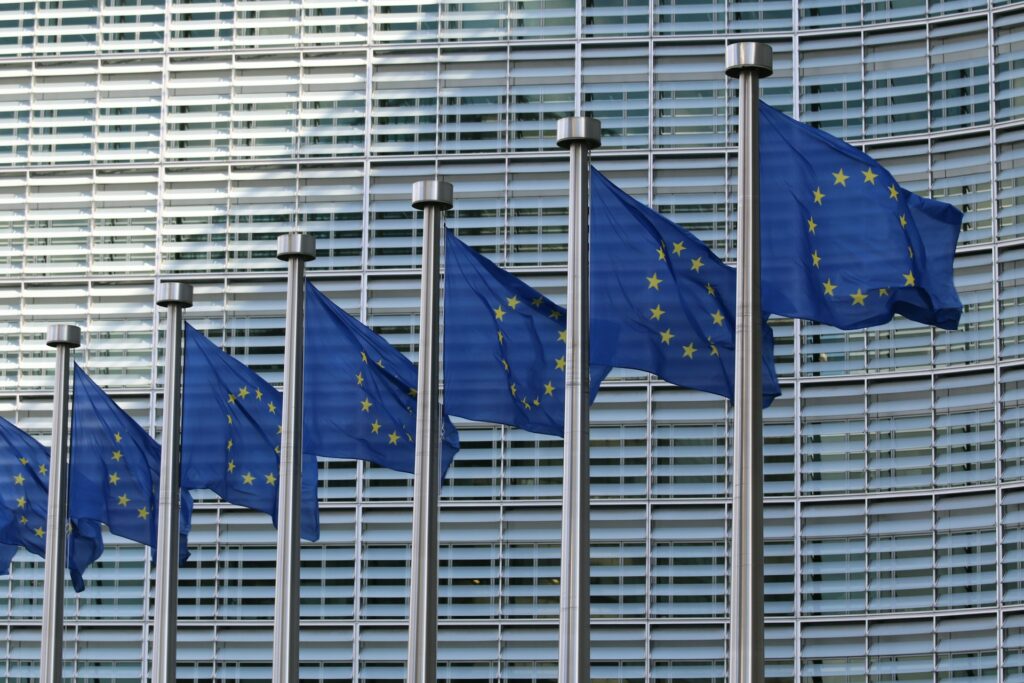
(Rightallegiance.com) – In a significant development from Brussels, European Union leaders have reached a consensus to provide Ukraine with a substantial package of $54 billion in aid. This decision, which marks a pivotal moment in the EU’s efforts to support Ukraine amid ongoing hostilities, came after overcoming the resistance from Hungary. The consensus was reached during emergency meetings, with Hungarian Prime Minister Viktor Orban, previously a vocal opponent of the aid, ultimately consenting to the agreement.
This resolution is particularly noteworthy as it reflects a concerted effort among EU leaders to navigate the challenges posed by internal dissent, especially from figures like Orban, whose stance on Russia’s aggression towards Ukraine has frequently been at odds with the broader EU perspective. The aid package is a blend of grants and loans scheduled for distribution over the next four years, with expectations for the first installment to be delivered as early as March, according to Ukraine’s Ministry of Economy.
European Council President Charles Michel highlighted the importance of the agreement, describing it as securing “steadfast, long-term, predictable funding for Ukraine.” This sentiment was echoed by Ukrainian President Volodymyr Zelensky, who emphasized the role of continued EU financial support in bolstering Ukraine’s economic and financial stability—a factor he regards as critical as military aid and sanctions pressure on Russia.
However, the journey to this agreement has not been without its challenges. The EU’s ambitions to accelerate the provision of much-needed ammunition to Ukraine have faced setbacks, with the bloc falling short of its target to deliver a million rounds by March. These developments underscore the complexities and hurdles in coordinating such aid, exacerbated by individual member states’ positions, as seen with Hungary’s initial blockade of the assistance.
The negotiations leading up to the agreement shed light on the intricate dynamics within the EU, particularly the influence wielded by individual leaders such as Orban. His initial resistance and subsequent concession illustrate the delicate balance the EU must strike in addressing both internal and external pressures. This situation also reflects broader concerns about the sustainability of support for Ukraine, especially in light of similar aid-related debates in the United States, where a $60 billion package for Ukraine faces opposition from Republicans seeking concessions on border security.
German Chancellor Olaf Scholz, speaking after the deal was announced, expressed hope that the agreement would send a positive signal to the US, emphasizing the importance of transatlantic cooperation and support for Ukraine.
The backdrop to these discussions has been one of heightened tension and uncertainty, not just politically but also socially, as evidenced by a significant protest in Brussels by farmers against cost-of-living issues. These protests, coinciding with the summit, underscore the multifaceted challenges facing EU leaders as they navigate both internal and external crises.
Moreover, the agreement has sparked discussions about the future direction of EU-Hungary relations, with some leaders expressing frustration over Orban’s tactics and their impact on European unity and security. The resolution of this aid package may represent a turning point, demonstrating the EU’s capacity to overcome internal disagreements for a common cause. Yet, it also highlights the ongoing challenges and potential for future discord within the bloc, especially as it grapples with the complex realities of supporting Ukraine amidst a protracted conflict.